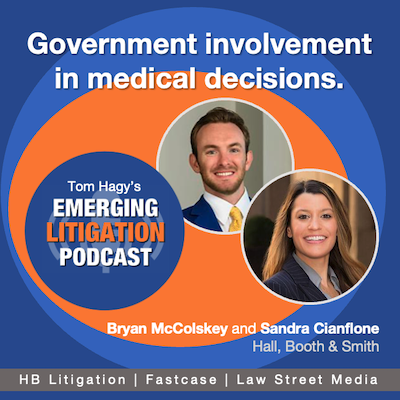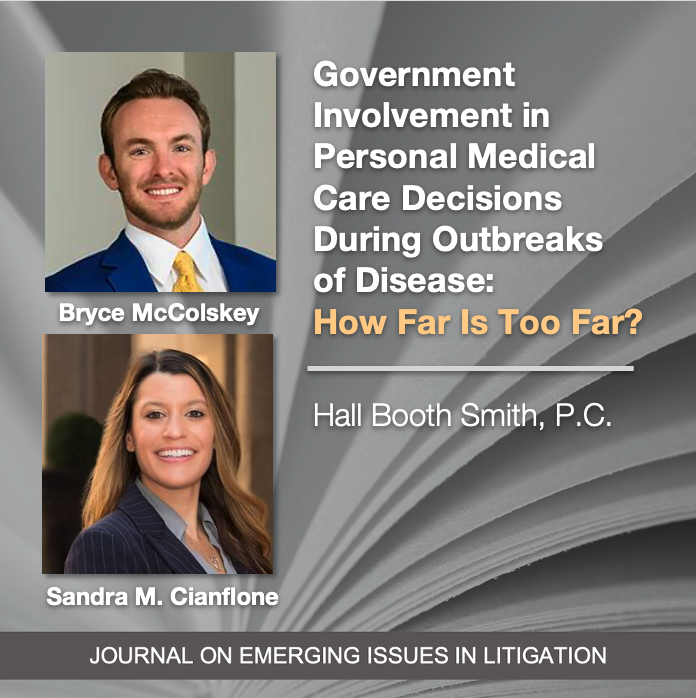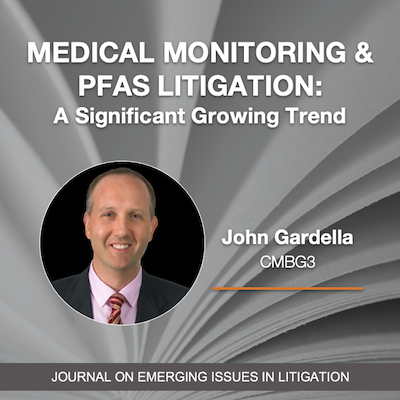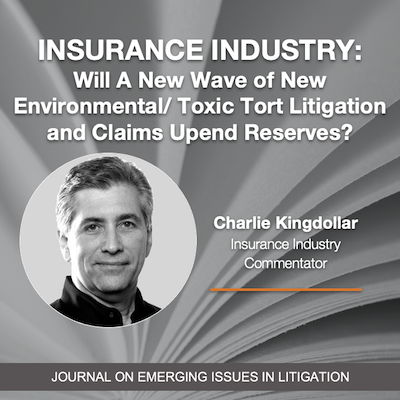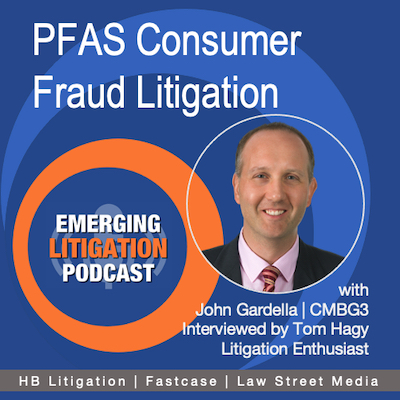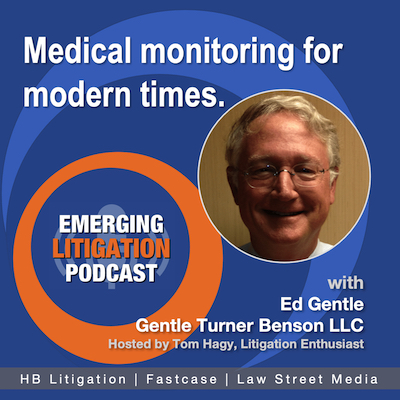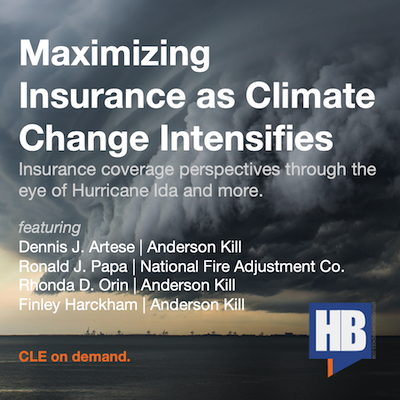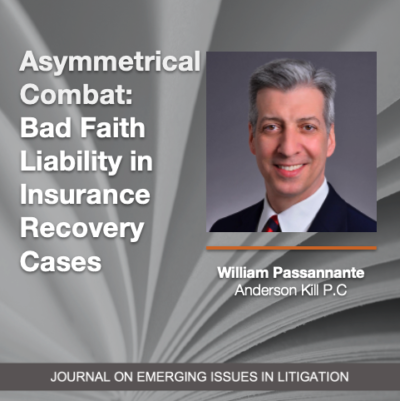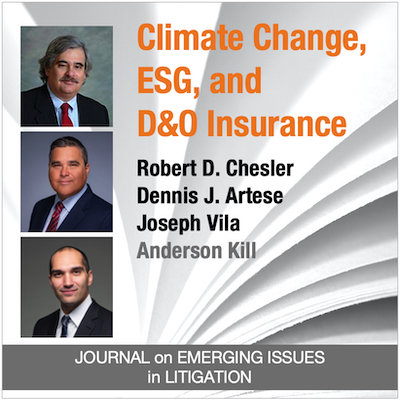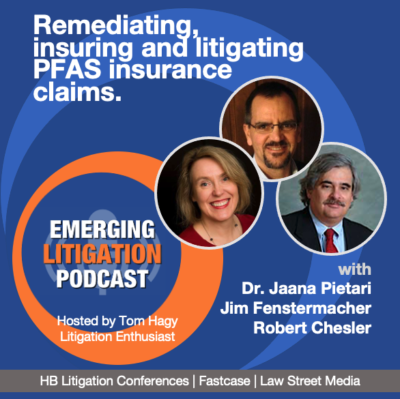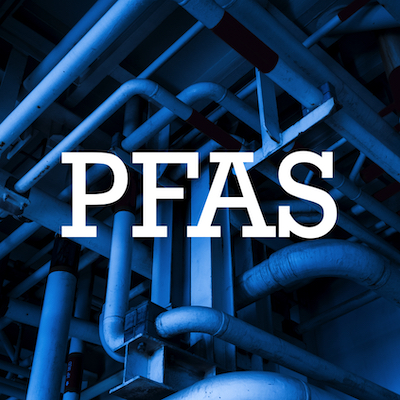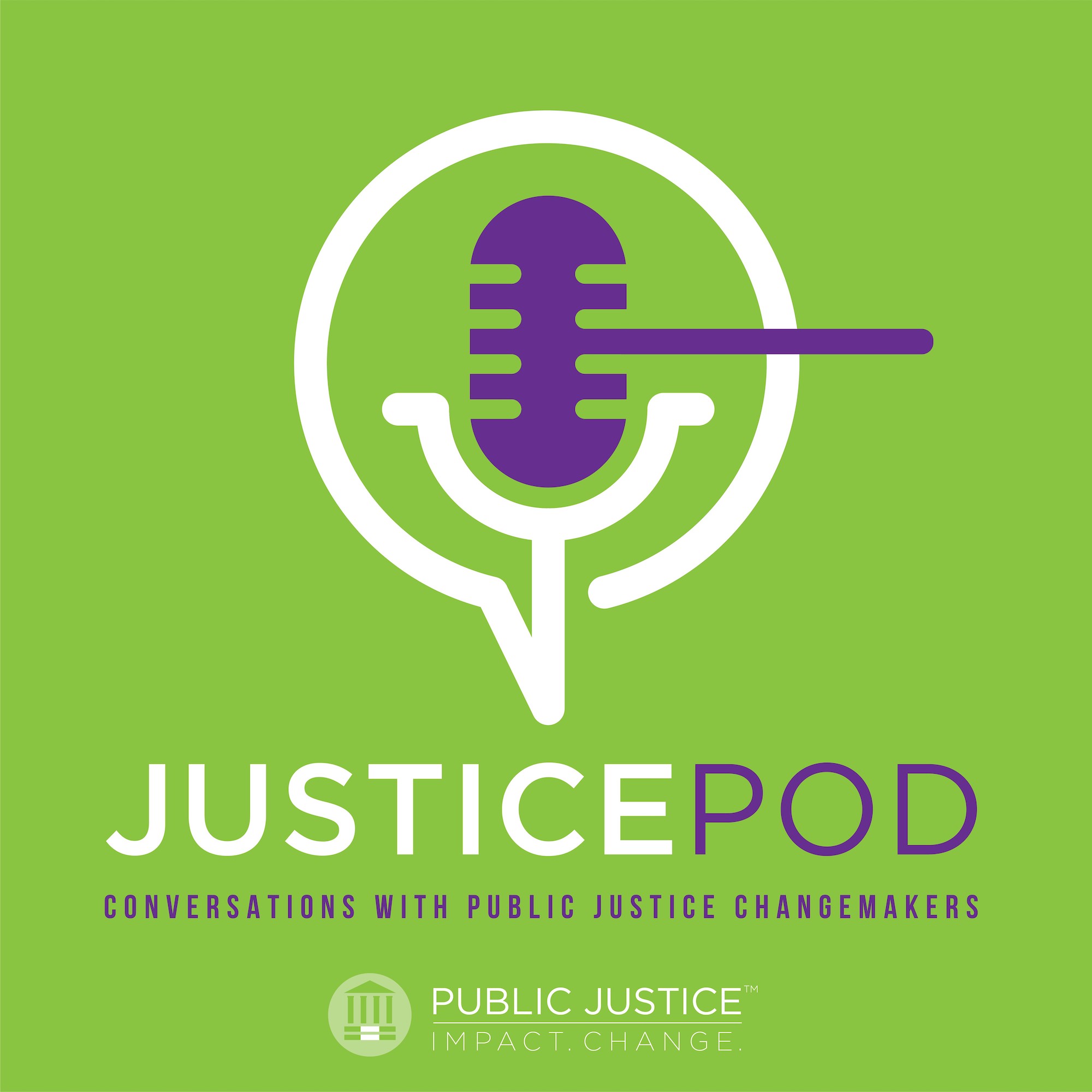Intersects with Mass Torts (some include this in Mass Torts), pollution, PFAS, chemical fires, climate change.
Government Involvement in Medical Decisions During Outbreaks with Bryce McColskey and Sandra Cianflone
Government Involvement in Medical Decisions During Outbreaks It's apparently (and hopefully) on its last legs. The Covid-19 pandemic was the most recent health issue to raise questions around government’s involvement (or interference) in an individual’s control over their own medical treatment. In their article – Government Involvement in Medical Care Decisions During Outbreaks of Disease: How Far is Too Far? – our guests wrote about the intersection of law and medicine. They reviewed medical mandates, implications brought about by the impact of advances in science and medicine, and where role of government to protect public health intersects (or collides) with personal healthcare choices. They focused is on governmental responses to the pandemic, that is, what the government can mandate in the spirit of public health, and not on the separate issue of abortion, which is a “choice” subject for another day. How much authority do government agencies or even the courts have over a person’s healthcare decisions? People often assume the practice of medicine and the enactment and enforcement of laws are separate and independent enterprises; that they remain fixed in their respective corners. However, they wrote, after a deeper dive into history and precedent, it’s evident that the tension between individual rights and health-related mandates has existed for some time. Listen to my interview with the authors, Bryce McCloskey and Sandra M. [...]

